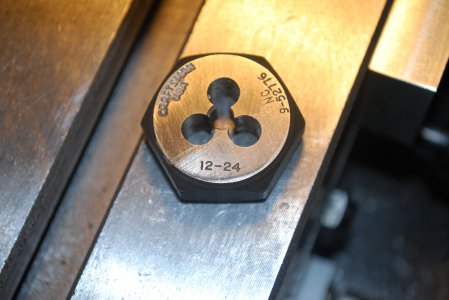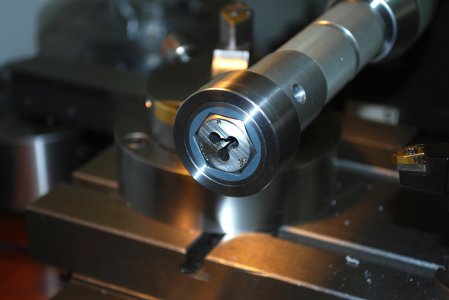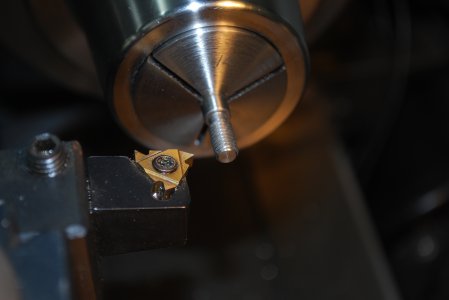- Joined
- Oct 10, 2018
- Messages
- 543
Do you mean Stanley planes? These planes were designed well before the development of the now-ubiquitous UNC/UNF/UNS thread forms. See discussion here, for example:I refurbish pre-war hand planes ...
OldTools Archive
Plus these planes were in production for many decades. The specifications and tolerances likely changed a fair bit from the beginning to the end.
All that said, it seems that for the few threads engaged in the boss on the plane body, 12-20 UNS is good enough in most cases. The retaining nut engages more threads and may not be as forgiving.
Craig





